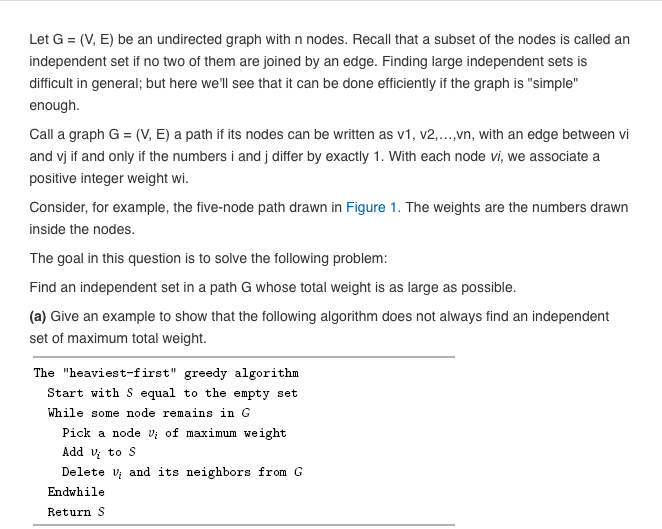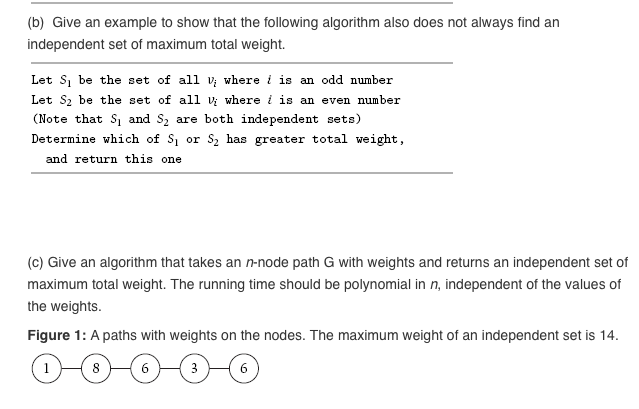Answered step by step
Verified Expert Solution
Question
1 Approved Answer
This is a question from textbook Algorithm Design Chapter 6 Exercise 1 https://www.chegg.com/homework-help/Algorithm-Design-1st-edition-chapter-6-problem-1E-solution-9780321295354 Let G = (V, E) be an undirected graph with n nodes.
This is a question from textbook "Algorithm Design" Chapter 6 Exercise 1
https://www.chegg.com/homework-help/Algorithm-Design-1st-edition-chapter-6-problem-1E-solution-9780321295354


Step by Step Solution
There are 3 Steps involved in it
Step: 1

Get Instant Access to Expert-Tailored Solutions
See step-by-step solutions with expert insights and AI powered tools for academic success
Step: 2

Step: 3

Ace Your Homework with AI
Get the answers you need in no time with our AI-driven, step-by-step assistance
Get Started


